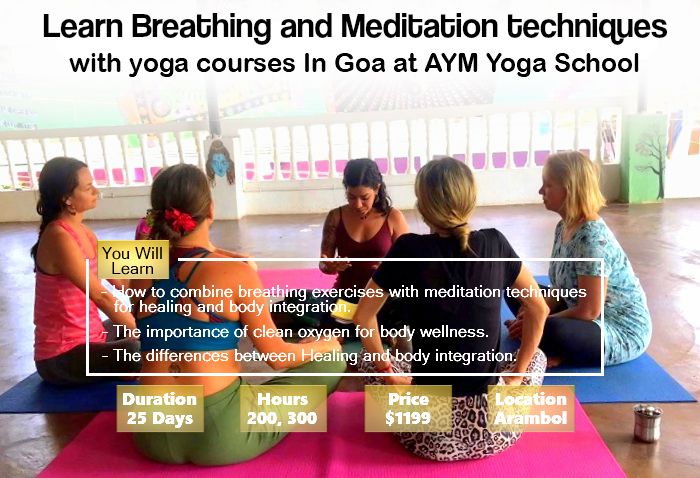
Breathing is one of the most important and complex activities in which we engage. There is a saying that our life begins with our breath and ends with our last breath. It is a force that governs our life and sustains awareness in life. Therefore, in yoga, the practice of conscious breathing is a fundamental aspect of every asana. It regulates the vital energy channels or prana. The pranayama is a combination of two Sanskrit words prana and Ayama. Prana means life force, and Ayama means regulation of breath. Pranayama is a regulation of prana energy through inspiration. The prana creates a divine aura around us, and it flows through the thousands of energy channels in the body. These energy channels called nadis and energy centers called chakras of our body. Above all, the flow of prana is continuous and high, and then our mind remains calm.
Pranayama- the practice of conscious breathing
In Patanjali yoga sutra, pranayama is a pathway by which you can interrupt the pattern of your shallow breathing and turn it into a long, stretched, and smooth inhalation. And, it also nurtures your long exhalation; the primary reason for that is so beneficial as when practiced properly then it triggers your parasympathetic nervous system and relaxes you. According to Patanjali, pranayama, or the practice of conscious breathing, is to attain the state of dhyana or guided meditation. It is a path that helps you to achieve a state of joy contentment, more focused meditation, and clear perception. It is imperative that practicing pranayama is most effective when guided under the skilled and experienced yoga teacher. Pranayama consists of many breathing practices that vary from beginners to advanced level practitioners.
However, you can join Yoga Training in Goa to practice these guided breathing techniques.
Dhyana (Meditation):
In Patanjali Yoga Sutra, the practice meditation or dhyana comprises seventh limbs of yoga. In addition, it as a practice of implying your mind to a profound state of calmness and peace. It is a practice that has the power to enliven your worn-out soul. It is a practice of direct your mind onto the level of consciousness. That can be understood only on the intuitive level and help you to relieve you from stress and anxiety. Dhyana or meditation involves the focus or concentration on a point to know everything about it. This deep self-introspection state of your mind is an instrument. However, that separates truth from any fantasy and leads you to the path of Samadhi or union with divinity.
Steps of Meditation:
To practice meditation, sit down comfortably in a Sukhasana on a quiet place with your eyes closed and spine erect. Focus on your breath and try to visualize a point of light or picture a deity in front of you. Try to align yourself with that source of light or your breathing and became aware of your body and its vibration. Slowly you will feel that your whole body Is in unison of your breath or that source of light. However, energy and radiance are present in every cell of our body.
The practice of Pranayama and Meditation are interrelated as pranayama or conscious breathing. Above all, Pranayama is the route to attain that meditative state.
If you are a beginner, you can practice these guided meditation techniques under the Yoga TTC course Goa. This spiritual practice of self-consciousness is one of the primary steps towards changing the subconscious patterns and strives towards positivity.
